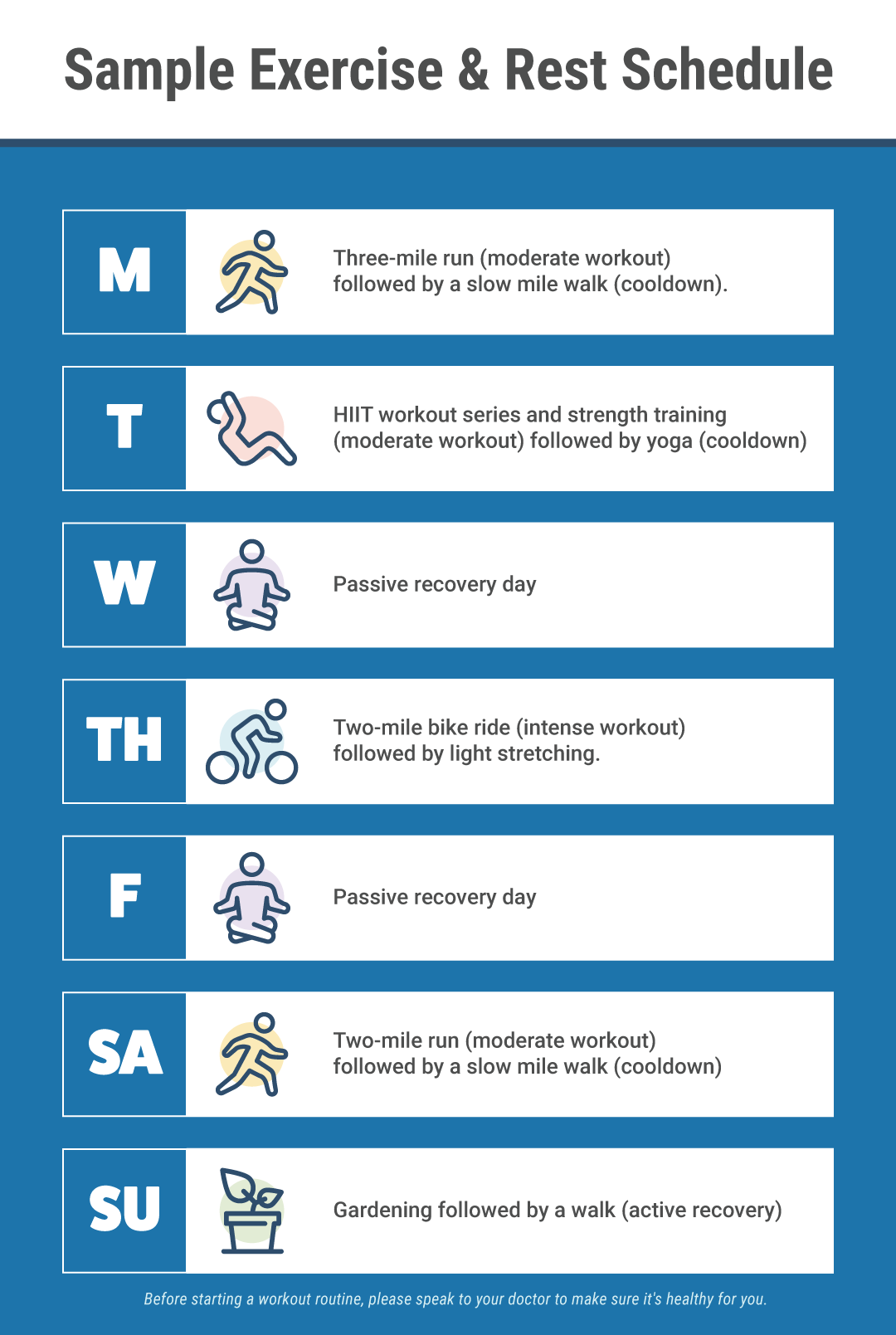A positive attitude toward exercise and a well-rounded fitness routine can do wonders for your overall health. An important factor in that routine is rest and recovery. It’s a balancing act, though, because if you rest too often, you’re not getting the full benefit of exercise, either. Adding the right amount of recovery, as well as recovering effectively, is critical.
Achieving this balance can be even more difficult if you’re a senior, when your body can tire more quickly and can take longer to recover. With that in mind, how can you include rest in your workout schedule so you’re getting the most out of your recovery without breaking your fitness momentum?
Allow Yourself to Rest
First, it’s important to emphasize the importance of rest, even if it’s tempting to push through when you’re on a roll. Recovery is a critical aspect of fitness often overlooked. Rest is when your muscles adapt to the exercise, allowing them to become stronger, more resilient, and more effective. In seniors, it takes even longer for this process to occur, making that rest even more important. Furthermore, you’re more likely to become injured, sore, or worse without rest. You may even experience a wide range of symptoms like depression or insomnia.
Knowing the importance of rest, let’s get into how we should do it. There are two types of rest, short-term and long-term. Short-term recovery is what you do in the immediate aftermath of a workout. Long-term recovery is, essentially, when you take a day off. Most experts believe two to three days a week is a healthy amount of rest, especially for older adults. You can do more or less depending on your current fitness, goals, and health. Work with your doctor to figure out a healthy fitness and rest routine for you.
The Two Types of Rest Days
Just like how a fitness schedule should be tailored to your unique abilities and needs, rest days can vary from person to person. Sometimes, it can even vary from week to week. There are two types of rest days — active recovery and passive recovery.
Passive Recovery Days
Passive recovery days are the ones when you don’t do any exercise, fully taking the day off. Catch up on your favorite show, take a nap, whatever you need to relax and fully recover.
Active Recovery Days
Active recovery days are when you sprinkle a little light or low-impact exercise in. These can help you recover by increasing blood flow to the muscles. An active recovery day can be anything from yoga or going for walks to gardening or hiking. It’s just about getting in some light exercise.
Mixing & Matching
You should mix and match passive and active recovery days based on your workout days. Let’s say your exercise schedule has four workout days and three recovery days. In this case, you could have two moderate exercise days, a passive recovery day, an intense workout day, then another passive recovery day, a moderate workout day, and an active recovery day. You can utilize active recovery days after lighter workouts and passive ones after more taxing workouts. It’s all about finding a balance that’s right for you.

Why You Should Plan a Cooldown
Active recovery should also be used during short-term recovery, too. In the immediate aftermath of a workout, you should do a cooldown. A cooldown is an active recovery done right after a workout. Cooldowns can lessen your muscle soreness, promote recovery and flexibility, and lower your risks of injury or blood pooling.
It’s fairly simple to have a cooldown follow your workout. Usually, it’s just lighter exercise than what you were previously doing. Instead of running, do a light walk. Instead of a HIIT routine, try some active or dynamic stretching. Your cooldown doesn’t have to be long, either — just long enough to lower your heart rate in a controlled and active way. Usually between five and 15 minutes is enough.
Nutrition Is Key to Recovery
Right after your workout, you may be thinking about a shower and relaxing, but you should also be thinking about eating and drinking. Replacing some of the liquids you lost through sweat is very important to healthy hydration, so look to drink some water soon after your workout. You shouldn’t only be thinking about drinks and hydration after your workout, though.
You should also eat shortly after your workout. Getting a healthy amount of carbs and protein helps your body recover and prevent soreness. You should aim to get your carbs and protein within two hours of your workout for the best effects. Specifically, carbs help replenish your energy stores, assists protein with muscle recovery, and lessens the immunity-dampening effect exercise can have.
Eating protein shortly after a workout can help your muscles recover more effectively and quicker so you’re less sore and ready to exercise for your next workout day. Older adults require even more protein than younger adults, ranging from .2 grams per pound of bodyweight to 1.5 grams per kilogram (or roughly .675 grams per pound). As we age, protein intake becomes even more important and can play a role in many different positive health outcomes, from improved muscle function to avoiding sarcopenia. A lack of protein can further the body composition changes that occur as we age, with effects like reduced skeletal muscle and even impaired immune function.
● ● ●
Exercising is great for your health, but so is rest and recovery. Resting in the right way can not only help you to recover, but also to improve the results of your workout. It may seem counterintuitive, but recovery may be the best thing you can do for your fitness routine.



